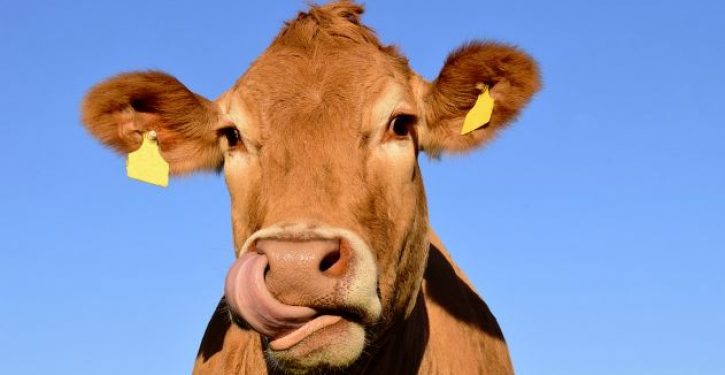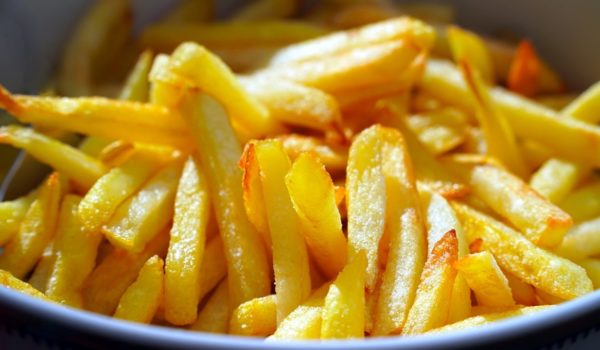
Scientists have generically engineered a cow that can make human insulin in its milk. They introduced some human DNA into the cow to make this possible. Such genetically-engineered cows could one day make insulin much cheaper.
The research was led by Matt Wheeler, professor of Animal Sciences at the University of Illinois. He came up with the idea because insulin is a protein, and mammary glands are very good at producing protein. “Mother Nature designed the mammary gland as a factory to make protein really, really efficiently. We can take advantage of that system to produce a protein that can help hundreds of millions of people worldwide.”
The research is described in a peer-reviewed study in Biotechnology Journal.
Over 400 million people worldwide have diabetes. Type 1 diabetes is when a person’s body cannot produce insulin. Type 2 diabetes is when a person’s body doesn’t make enough insulin and becomes resistant to it.
Wheeler describes the insulin-producing cow as a “proof-of-concept” that could eventually be scaled up to make enough insulin to supply the world’s diabetics, who currently pay a lot for insulin, due to its scarcity.
“I could see a future where a 100-head herd, equivalent to a small Illinois or Wisconsin dairy, could produce all the insulin needed for the country. And a larger herd? You could make the whole world’s supply in a year,” he says.
Wheeler’s collaborators at Brazil’s University of São Paulo inserted a segment of human DNA coding for proinsulin – the precursor of the active form of insulin – into the cell nuclei of 10 cow embryos. These were implanted in the uteruses of typical cows, which resulted in the birth of one genetically-engineered cow.
Scientists are now able to be very precise about the changes they produce through genetic engineering. “In the old days, we used to just slam DNA in and hope it got expressed where you wanted it to. We can be much more strategic and targeted these days,” Wheeler notes. “Using a DNA construct specific to mammary tissue means there’s no human insulin circulating in the cow’s blood or other tissues. It also takes advantage of the mammary gland’s capabilities for producing large quantities of protein.”
Attempts at impregnating the cow once she had reached maturity were unsuccessful, so as an alternative way of getting the genetically-engineered cow to produce milk, the researchers stimulated lactation using hormones.
“Our goal was to make proinsulin, purify it out to insulin, and go from there. But the cow basically processed it herself. She makes about three to one biologically active insulin to proinsulin,” Wheeler explains.
A few grams of insulin and proinsulin are found in each liter of milk. Wheeler notes that the typical unit of insulin is 0.0347 milligrams so if a cow can make 1 gram of insulin per liter “that means each gram is equivalent to 28,818 units of insulin. And that’s just one litre; Holsteins can produce 50 litres per day. You can do the math.”
The insulin and proinsulin would need to be filtered from the milk and purified for use by diabetics.
The researchers plan to re-clone the cow and attempt pregnancy and full lactation cycles in the cloned cows. Eventually, they hope to create genetically-engineered bulls to mate with the females, creating offspring with the new genes that can be used to establish a herd of insulin-producing cows.
Wheeler believes that even a modest-sized herd could underprice and outcompete the existing methods — transgenic yeast and bacteria — for producing insulin worldwide.



